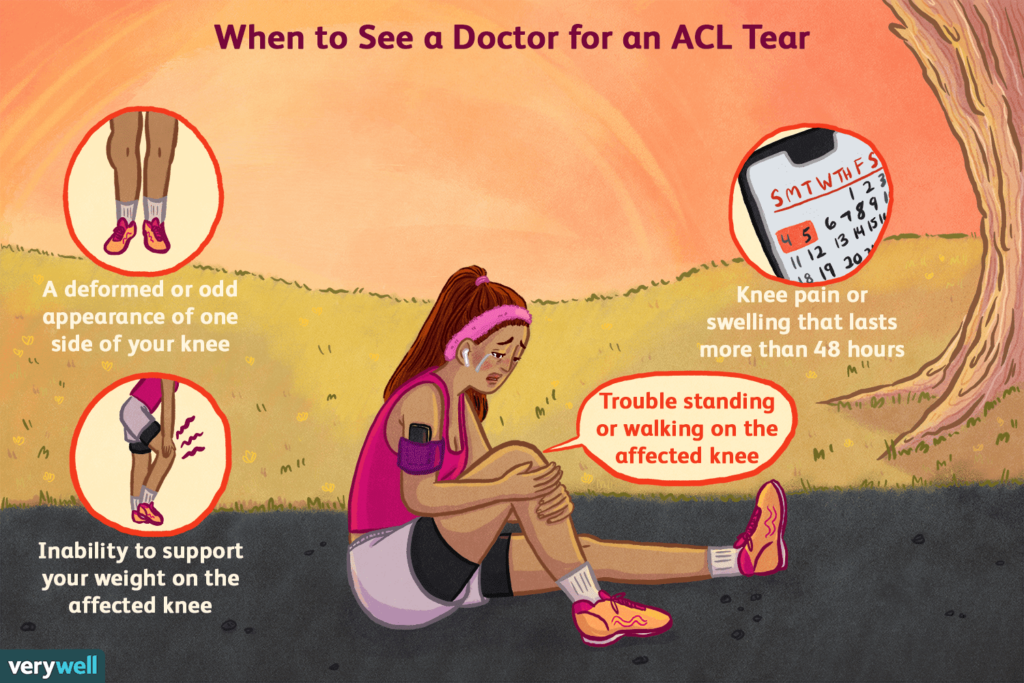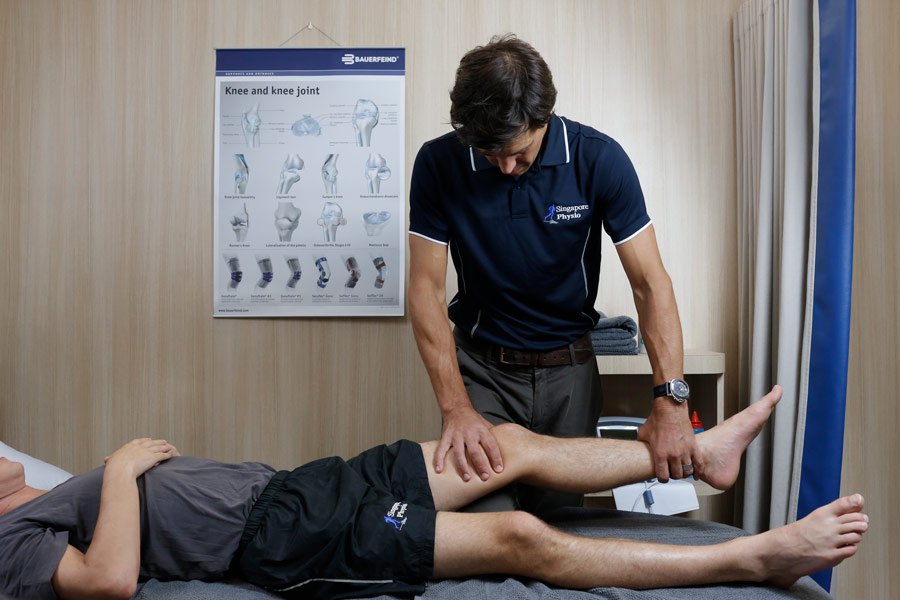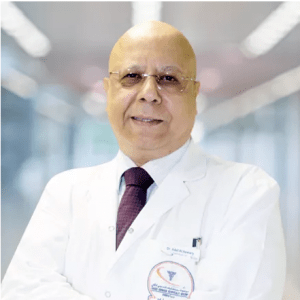ACL Reconstruction Surgery: Benefits and Expected Outcomes
The anterior cruciate ligament (ACL) is a ligament located in the center of the knee and aids in the stabilization of the knee joint. The ligament can be overstretched or torn in trauma-induced knee injuries. This injury is common in athletes and individuals with high levels of physical activity at work. ACL Injury: How Does… Read More
Top Doctors For ACL Reconstruction Surgery: Benefits and Expected Outcomes Treatments
Top Hospitals For ACL Reconstruction Surgery: Benefits and Expected Outcomes Treatments
ACL Reconstruction Surgery: Benefits and Expected Outcomes
The anterior cruciate ligament (ACL) is a ligament located in the center of the knee and aids in the stabilization of the knee joint. The ligament can be overstretched or torn in trauma-induced knee injuries. This injury is common in athletes and individuals with high levels of physical activity at work.
ACL Injury: How Does It Happen?

ACL injuries happen when there is a tear or overextension of the ligament. This can be due to physical trauma, sudden pivoting movements, or even a medial deviation of the knee joint. The degree or extent of damage can be categorized as:
- Grade 1 sprain: involves an overextension of the ligament.
- Grade 2 sprain: involves a partial tear of the ligament. There may be knee instability involved.
- Grade 3 sprain: there is a complete ligament tear and knee instability.
Symptoms of ACL Injury
- Popping noise at the time of injury
- Pain and swelling in the knee region
- Warmth and redness around the knee
- Knee instability
- Difficulty walking, running, and exercising

Importance of ACL Repair Following Injury
Damage to the anterior cruciate ligament predisposes individuals to different limitations and complications, hence the need for a repair of the ligament in cases of damage. The following are the reasons why a damaged ACL should be repaired.
- Restoration of knee function
- Permanent Symptom Relief
- Prevention of Further Damage
Treatment of ACL Injury
The treatment of an ACL injury is dependent on the extent of damage, lifestyle of the individual, job, age, and availability of materials.
A conservative approach or surgical approach may be indicated. The conservative approach is more effective with less damage (grade 1 or 2 sprains) and may include treatments like prolotherapy, stem cell therapy, and physiotherapy.
Surgical management involves primary repair, ACL restoration with the BEAR® Implant, and ACL reconstruction. The BEAR implant is a novel technique used to reduce the risks associated with reconstruction. The primary repair aims at restoring a partially damaged ligament, while the ACL reconstruction involves the use of a graft (either from the patient, i.e., autograft, or from a donor, i.e., allograft).
ACL Reconstruction Surgery
The only approach to fully restore joint stability is through reconstruction surgery, even though conservative therapy options can assist restore a high level of usefulness. Due to loss of blood supply, most ACL tears require more than stitches for repair. Thus, to repair the ligament properly and restore complete stability, it must be surgically reconstructed. ACL reconstruction surgery replaces a torn tendon with a tissue graft, often obtained from the patella, hamstring, or quadriceps tendon.
ACL surgery can be performed through a minimally invasive technique. An arthroscope is used to visualize the inner structures of the knee and minimize disturbance to the surrounding healthy tissues. This procedure results in less scarring, pain, shorter recovery, and lower risk of infection.
Adults who are physically active, participate in sports, work physically demanding jobs, and have substantial functional instability in the knee should consider reconstruction surgery. It is also indicated in cases of multiple injuries to structures like the menisci, articular cartilage, collateral ligaments, joint capsule, etc.
Benefits of ACL Reconstruction Surgery
The chief advantage of reconstruction surgery is that it restores the full stability and functionality of the knee joint affected. In the long run, it also offers a long-term success rate to patients. Thus only a few individuals develop complications. This is because studies have shown that compared to ACL injuries managed conservatively, surgical reconstruction has a faster and higher chance of returning the individual to his previous activity level.
It has also been proven to save costs for patients both in the short and long term. This is because it is cheaper and less costly than the conservative approach and has fewer long-term complications.
Expectations With an ACL Reconstruction Surgery
It is important to note that there are different expectations before and after surgery. This is because it is necessary to prevent further damage to the limb and scar tissue formation before and after surgery. Most doctors recommend a series of pre-operative exercises for the patient. These may include:
- Assisted knee flexion
- Quad sets
- Straight leg raises
- Calf raises
- Hip extension
- Hip abduction

These exercises may be performed under the guidance of trained personnel. It is also advisable for the patient to be prepared about the sleeping arrangements, shower adjustments, driving, work, and support for daily activities during recovery.
Post-operatively, the patient is advised and introduced to more rehabilitation exercises. These are performed in addition to the pre-surgical ones. The sets frequently recommended during the first few weeks of recovery are:
- Quarter squats
- Bridges
- Single-leg calf raises
- Step-ups
- Balance
In the next phase of recovery which happens at about four months post-operatively, the patient begins lunges and is gradually introduced to low-risk activities. Some patients may be encouraged to go for therapy sessions to help combat post-surgical depression which may arise.
What are the Possible Complications or Risks Associated with an ACL Reconstruction Surgery?
Most patients recover uneventfully from ACL reconstruction and rehabilitation. However, errors during surgery or early return to normal activities can result in post-operative complications. The most common complications include:
- Joint infection: The risk of infection is very low following surgery. There are, however, instances of bacterial contamination of the surgical site or graft.
- Arthrofibrosis: This refers to the formation of scar tissue at the location of the graft. This can impair joint mobility.
- Hemorrhage: Bleeding into the joint, though rare is a possible risk. This may happen due to an injury of the popliteal artery.
- Graft loosening: There may be a loosening of the graft thus leading to a revision surgery.
- Paralysis and numbness of the limb: Weakness, numbness, or paralysis of the leg as a result of nerve damage can occur. It can be temporary or permanent.
- Blood clot (deep vein thrombosis): A blood clot may form in the veins or arteries sequel to surgery. This will predispose the patient to embolism.
- Instability and Stiffness: Chronic instability and stiffness may be experienced, postoperatively.
- Growth plate injury: Injuries to the growth plate are a possible downside to ACL surgery in children and adolescents. However, some techniques minimize possible growth plate damage.
In conclusion, patients are to discuss the possible outcomes of the surgery and should understand that full recovery may take some months and full activity up to a year.



















































































































































































